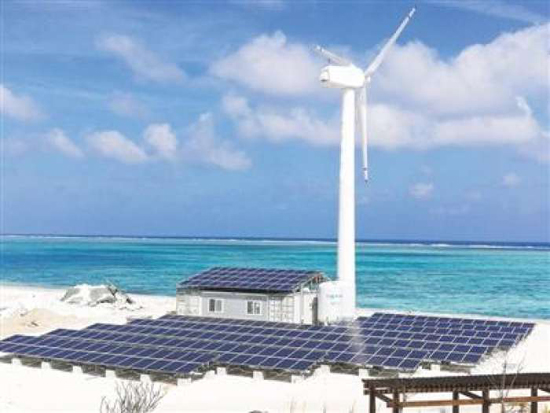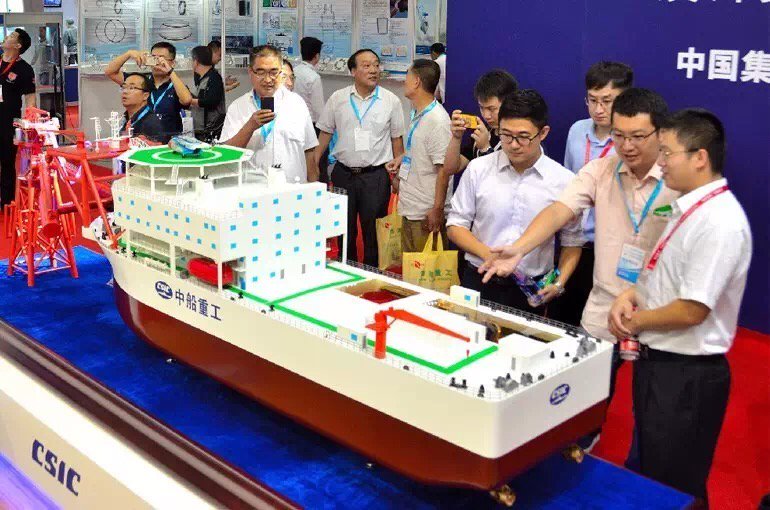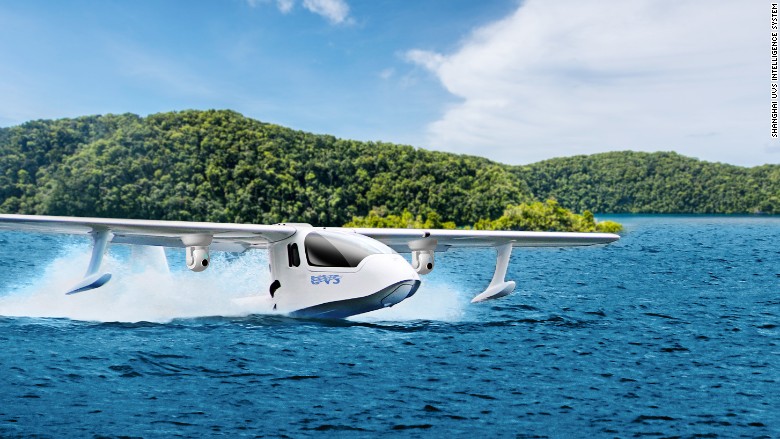Hendrik_2000
Lieutenant General
Are they using renewable power sources like solar/wind as well?
They do on other island but not to run the desalination plant not enough juice. Maybe they used diesel engine
In the future they will use small nuclear power plant for sure work in underway now
China will make commercial floating nuclear reactors and reactors for nuclear military ships
| August 16, 2017 |

A consortium of Chinese organizations is teaming up with state-owned China National Nuclear Power Company to develop and produce small, floating nuclear power plants.
The new venture will have $150 million in funding and will include Zhejiang Zheneng Electric Power, Shanghai Guosheng Group, Shanghai-based Jiangnan Shipyard Group and Shanghai Electric Group.
The plants will be able to sail to where they are needed and could be used to operate drilling equipment for offshore oil and gas fields, to power facilities on the remote islands of the South China Sea, to meet heating and desalination needs or to run nuclear-powered icebreakers.
The reactors may also be exported to economies with large populations but scarce land resources, including economies participating in the Belt and Road Initiative, such as Pakistan, Bangladesh and Myanmar.
The technology used may involve high temperature gas-cooled reactors which China is jointly developing with Saudi Arabia and the United Arab Emirates.
China is expected to build 20 floating nuclear power stations.


the development of nuclear-powered vessels including a nuclear powered aircraft carrier.
China emphasized in its announcement that the floating reactors have commercial uses,. They can be used to operate drilling machinery for offshore oil and gas fields, and remote power and desalination needs. These objectives are expected to bring investors to support the new venture and with the parallel support from the military as the first customer for the plants, the effort seems positioned for growth.
He said it would also make them safer. According to Buongiorno. a reactor anchored on the seabed would never lack emergency cooling, the problem that caused the Fukushima meltdown. Nor would it need to be protected against the risk of terrorists flying an aircraft into it. It would be tsunami-proof, too. Though tsunamis become great and destructive waves when they arrive in shallow water, in the open ocean they are mere ripples.
Buongiorno goes further and suggests that the reactors could be built in a shipyard and then towed to their destination, and then sunk in place. Once underwater (100 meters or so), such a submarine reactor would not even be affected by passing storms.





